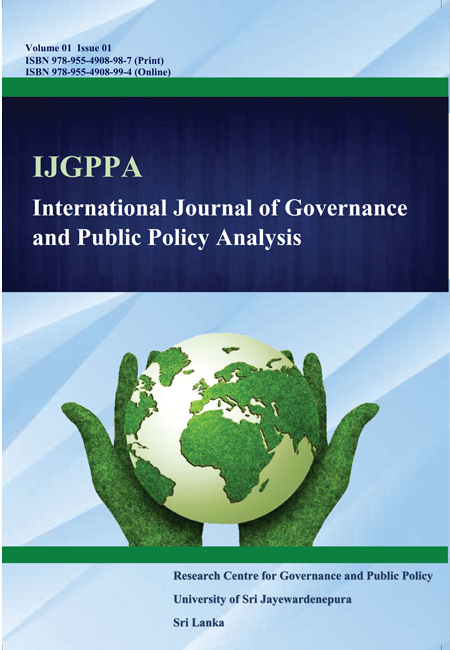Effectiveness and Challenges of Green Environmental Planning in Apparel Companies of Sri Lanka
Abstract
Globalization has made people deviate from the natural environment day by day, and it has also increased global warming with consequences for both the living and non-living environment. To address this issue, organizations have undertaken different kinds of environmental planning. Green Environmental Planning (GEP) is one of them. The very first green factories are owned by the massive garment producers in Sri Lanka. However, their success was challenged by many limitations in various ways. This study investigates the effectiveness of GEP and challenges of GEP in Sri Lankan apparel companies. This research was conducted through both qualitative and quantitative research methods. Five main components of GEP were examined in this study as the independent variables while the dependent variable was the effectiveness of GEP. The sample was based on two companies by using stratified random sampling method. One hundred and twenty employees were selected from the total population of each company. The primary data was collected through a questionnaire and face-to-face interviews and the secondary data were also used. All variables of GEP are highly correlated with the dependent variable of Effectiveness of Green Environmental Planning while temperature controlling is the strongest predictor of the dependent variable. The main challenges of improving GEP are technological weaknesses, lack of awareness of employees, conventional mindsets towards traditional buildings, less governmental contribution, less inter-sectorial coordination among related sectors and lack of professionals in the field. 50 Recommendations were proposed towards a more effective green environmental planning in Sri Lankan apparel companies.
Key Words: Challenges, Effectiveness, Global Warming, Green Environmental Planning, Apparel Companies

